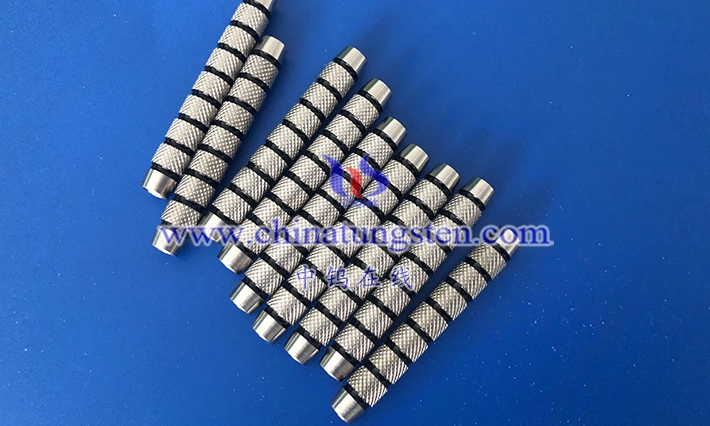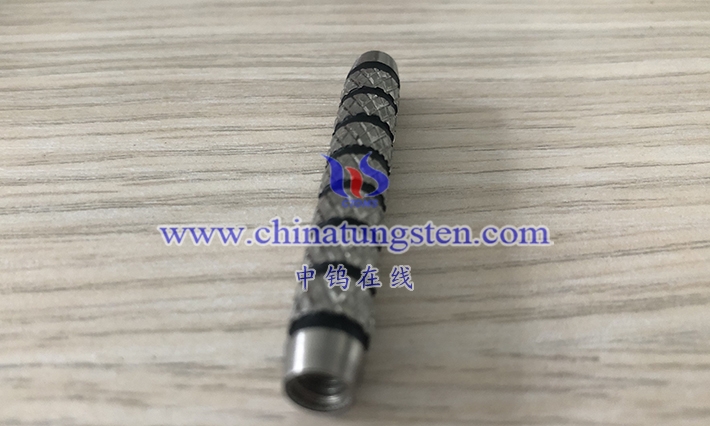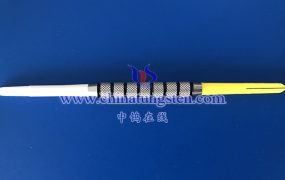Tungsten alloy dart barrels and brass dart barrels exhibit fundamental differences in chemical stability and corrosion resistance, stemming from tungsten’s chemical inertness versus brass’s electrochemical activity. Tungsten alloy forms a protective barrier through surface passivation layer synergized with binder phase, tungsten particle skeleton blocking oxygen-chlorine ion penetration, while brass relies on copper-zinc solid solution, prone to selective corrosion and dezincification. Stability advantage keeps tungsten alloy dart barrel surfaces discoloration-free and bubble-free after sweat, beer, or carbonated splashes, fingertip contact safe, while brass dart barrels easily oxidize darkening, surfaces sticky or even peeling. During throwing, tungsten alloy’s inertness ensures texture integrity, trajectory undisturbed, while brass’s corrosion blurs textures, grip anti-slip failure. In application, tungsten alloy dart barrels suit global tours multi-environment events, coastal high salt spray rust-free, while brass dart barrels require dry storage, limiting outdoor use. In processing, tungsten alloy stability permits uniform vacuum coating adhesion, surface self-cleaning, while brass activity demands extra sealants, complex aging-prone. From environmental perspective, tungsten alloy corrosion resistance reduces harmful oxide waste, recycling non-toxic, while brass corrosion produces copper ion pollution, high treatment cost. This difference drives tungsten alloy dominance in stability markets, brass limited to indoor short-term. In personalized adaptation, tungsten alloy supports custom coatings matching player sweat pH, while brass stability limits coating types. Overall, tungsten alloy’s chemical stability and corrosion resistance transform darts from fragile items to reliable tools, expanding application scenarios. The comprehensiveness of corrosion resistance differences also lies in health safety, tungsten alloy non-toxic skin-friendly, while brass corrosion risks irritation allergy. Ultimately, this characteristic difference highlights tungsten alloy’s comprehensive superiority.






